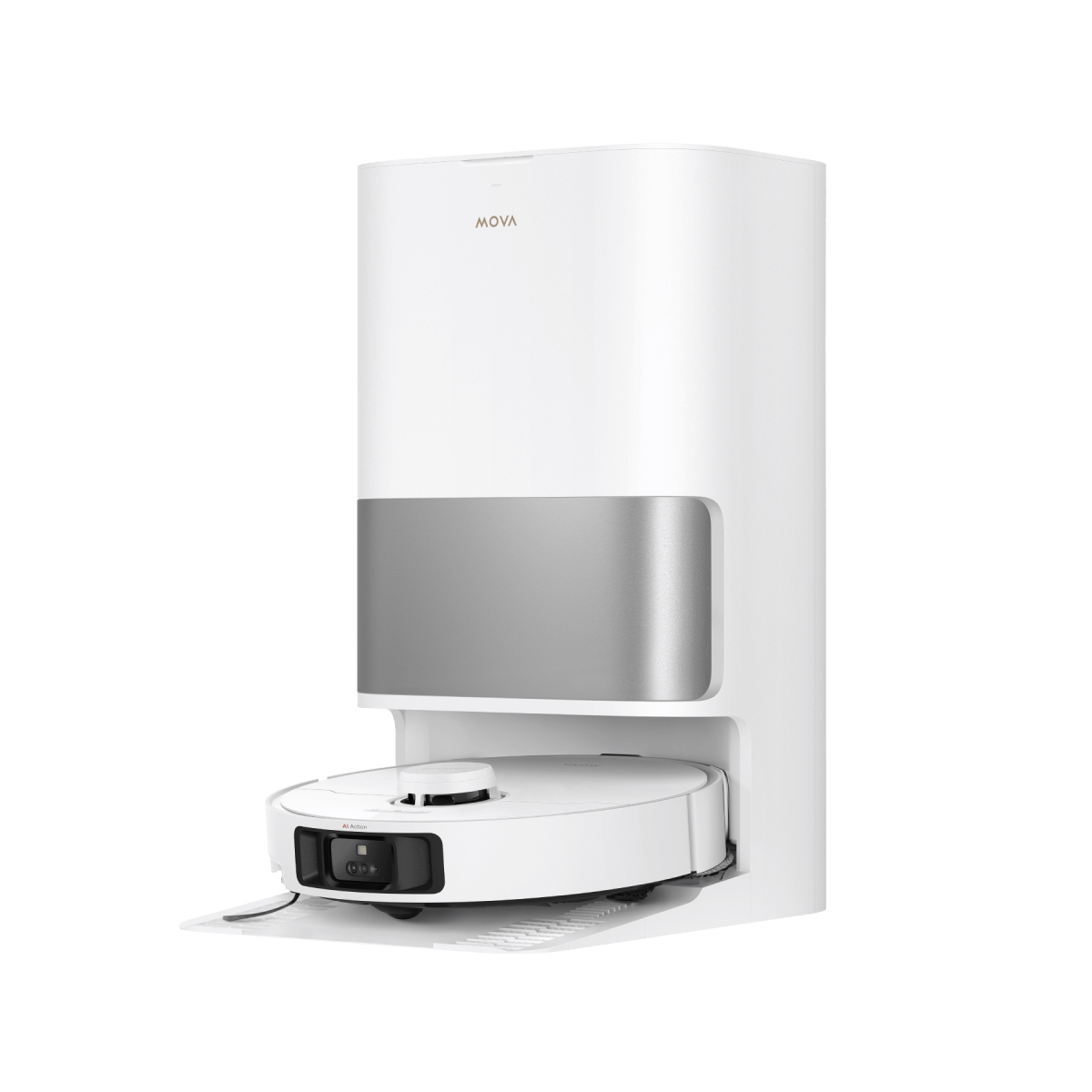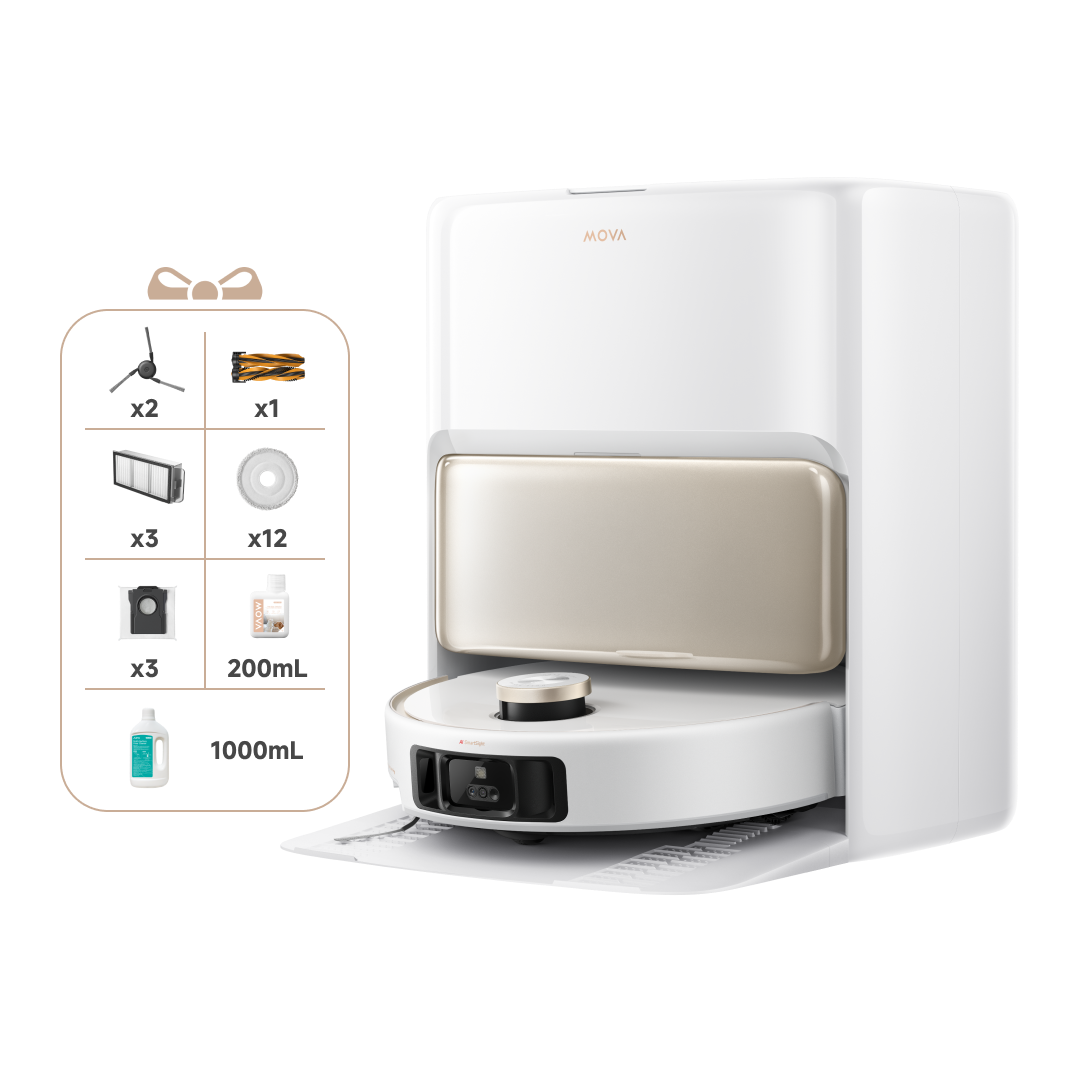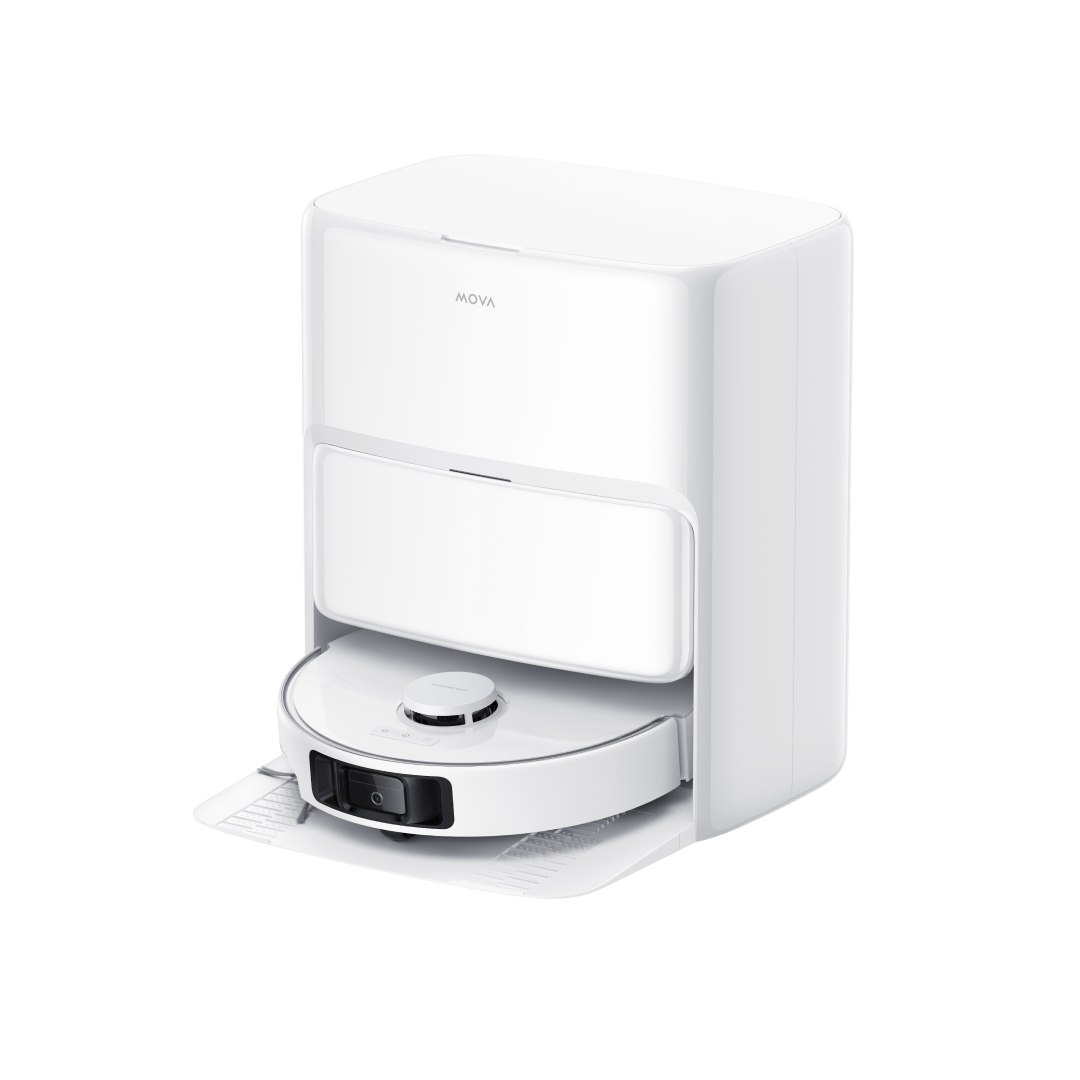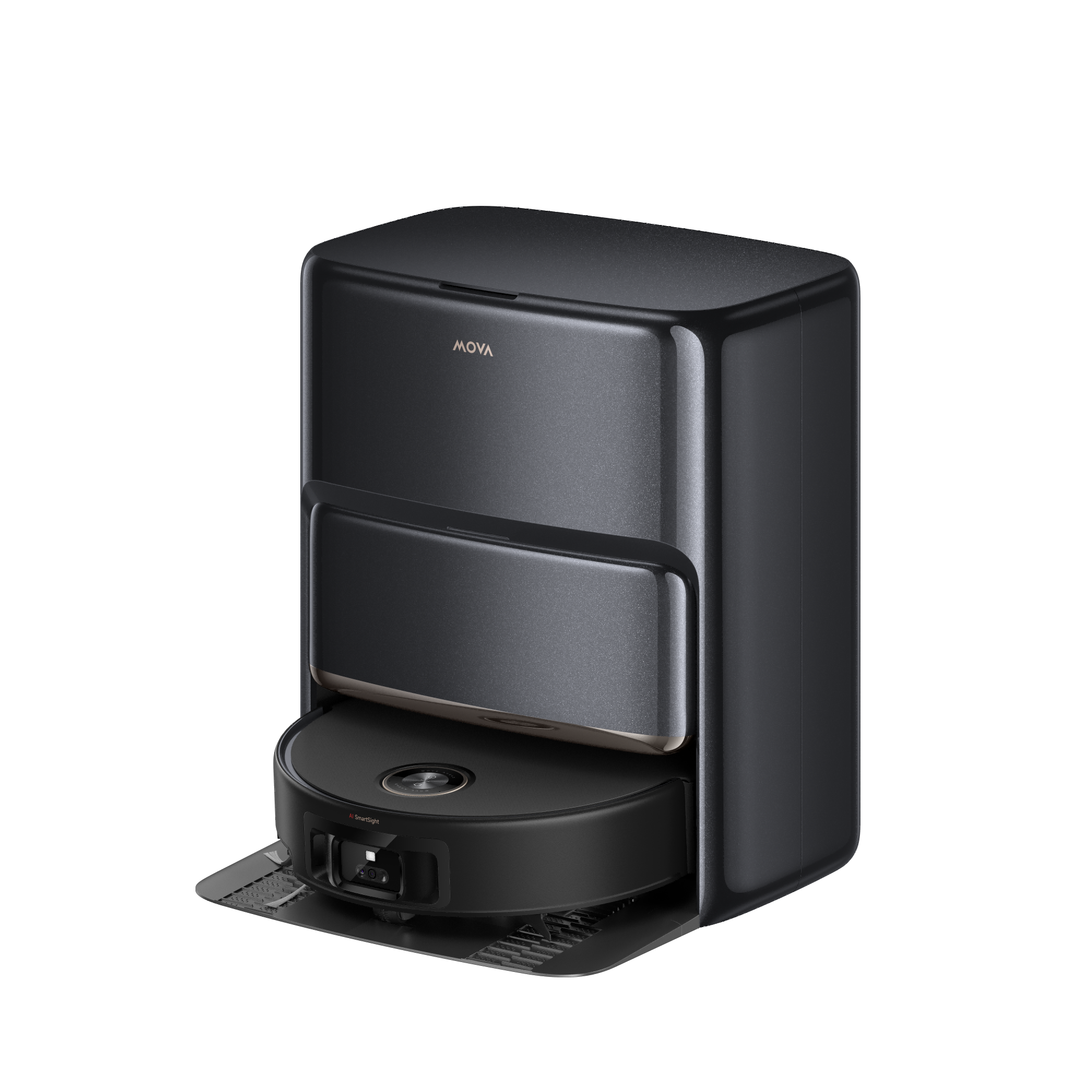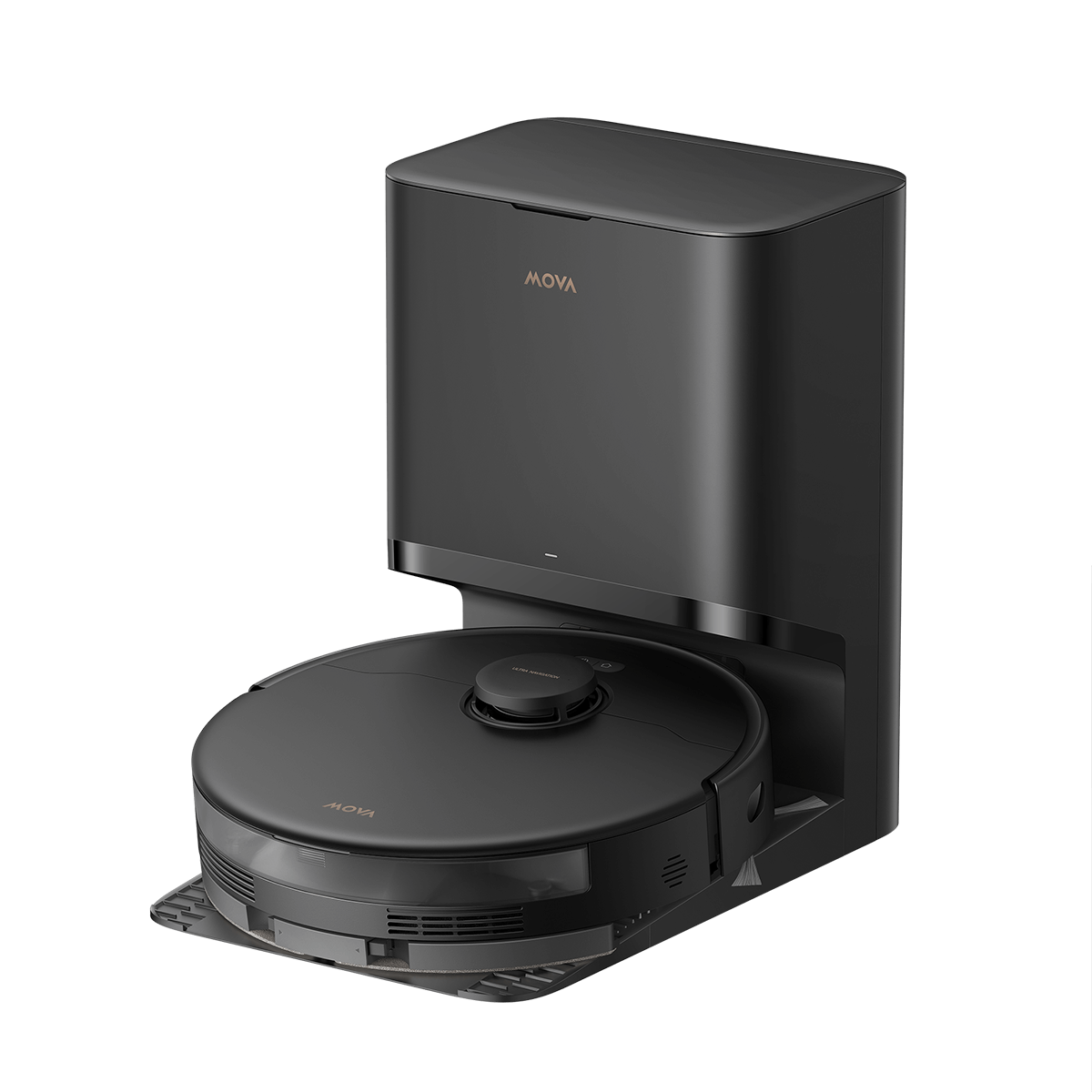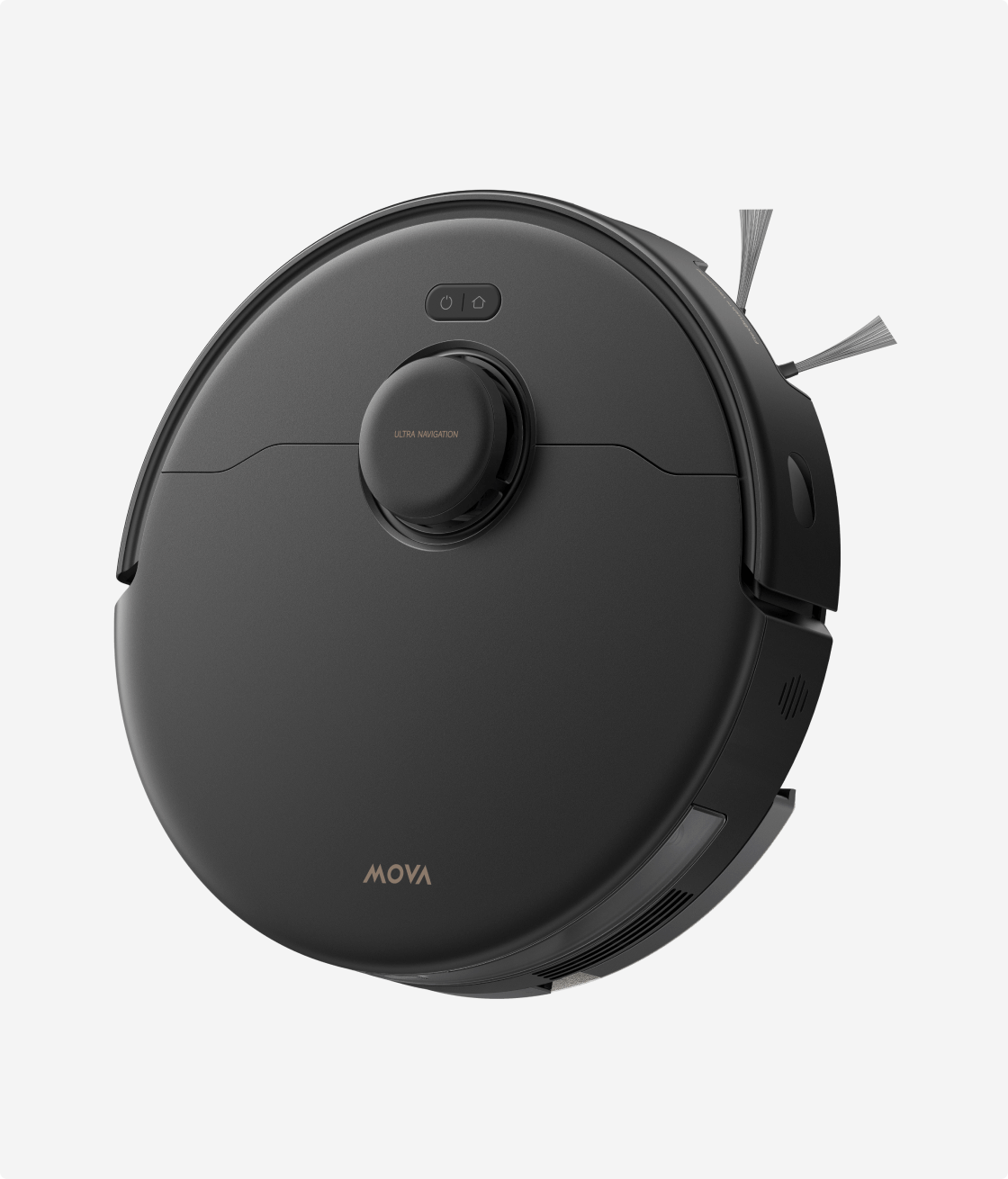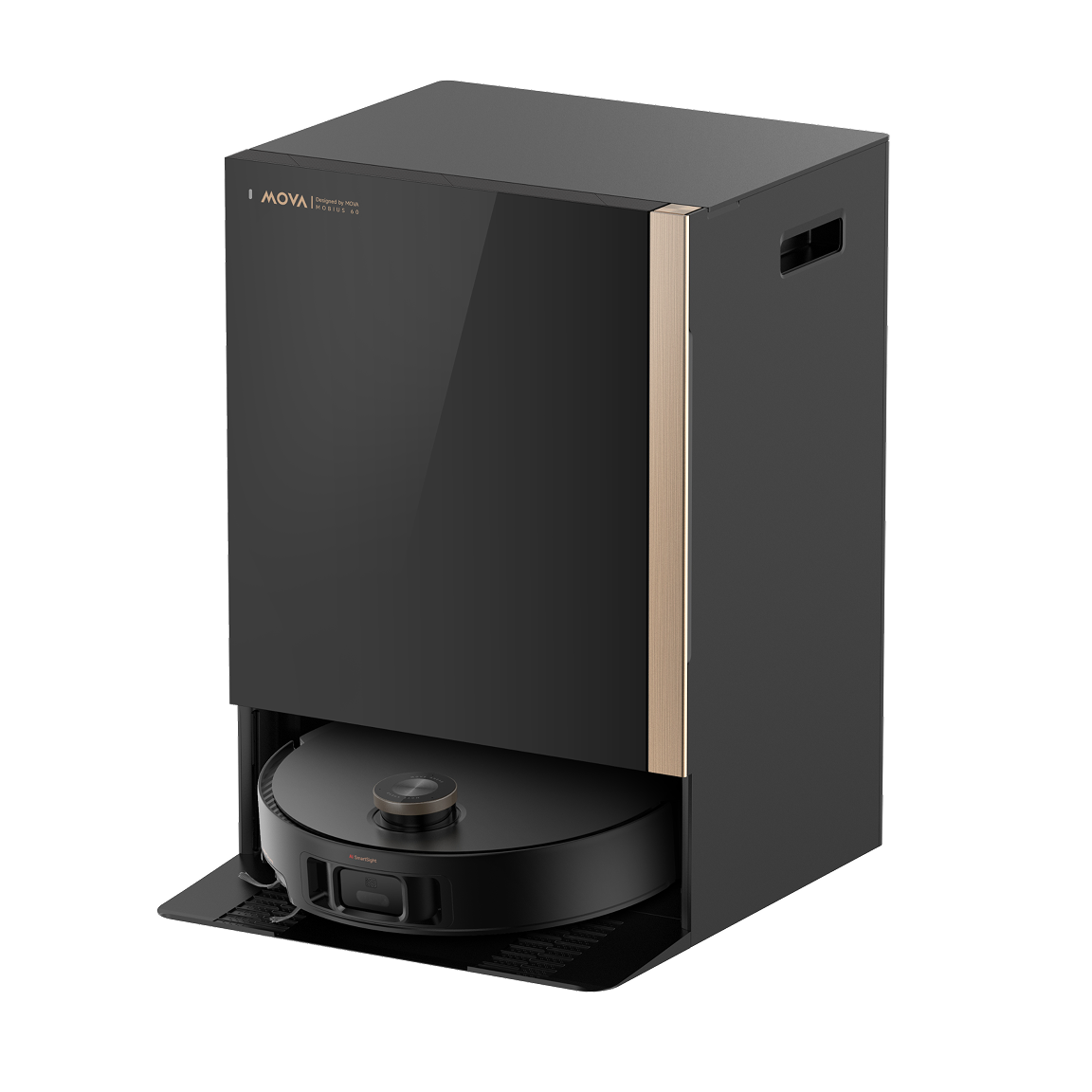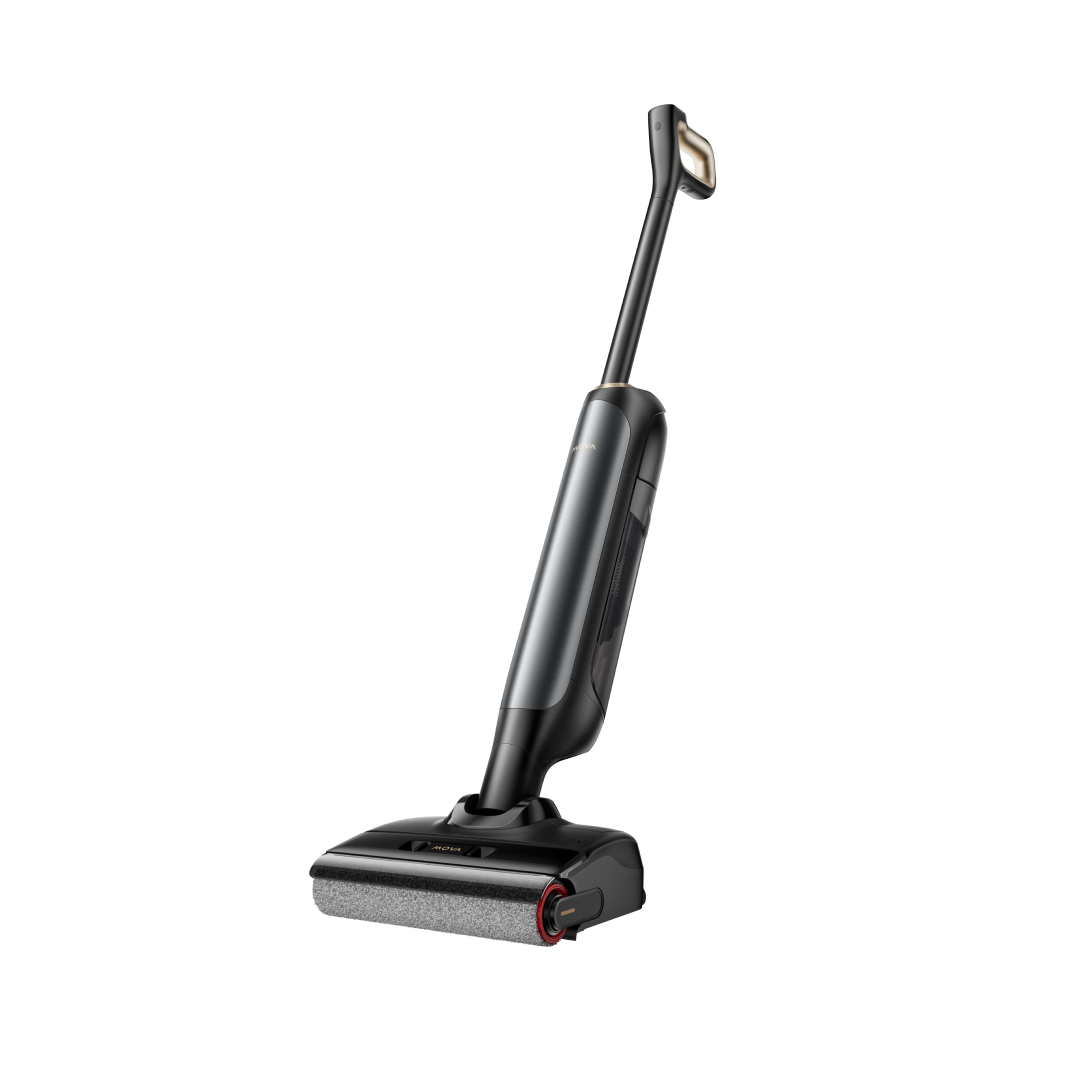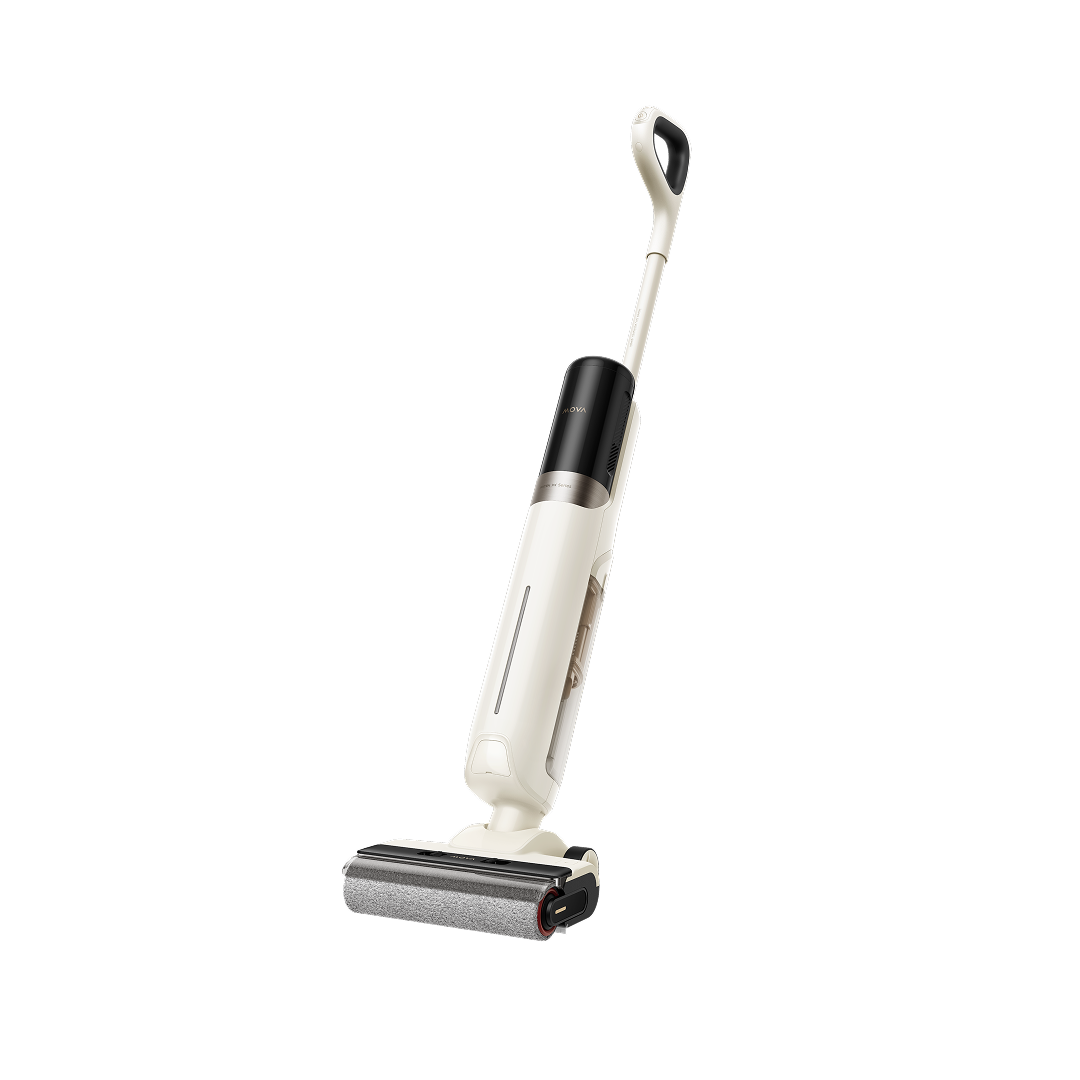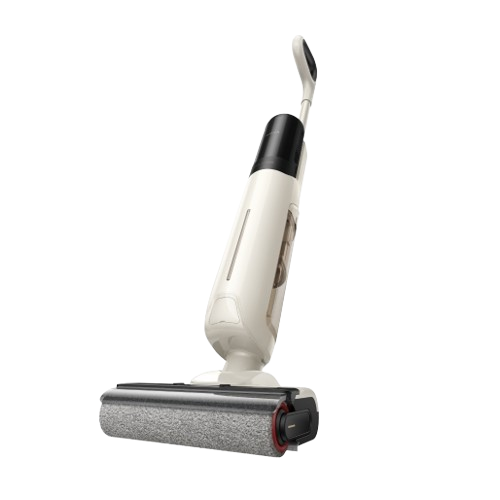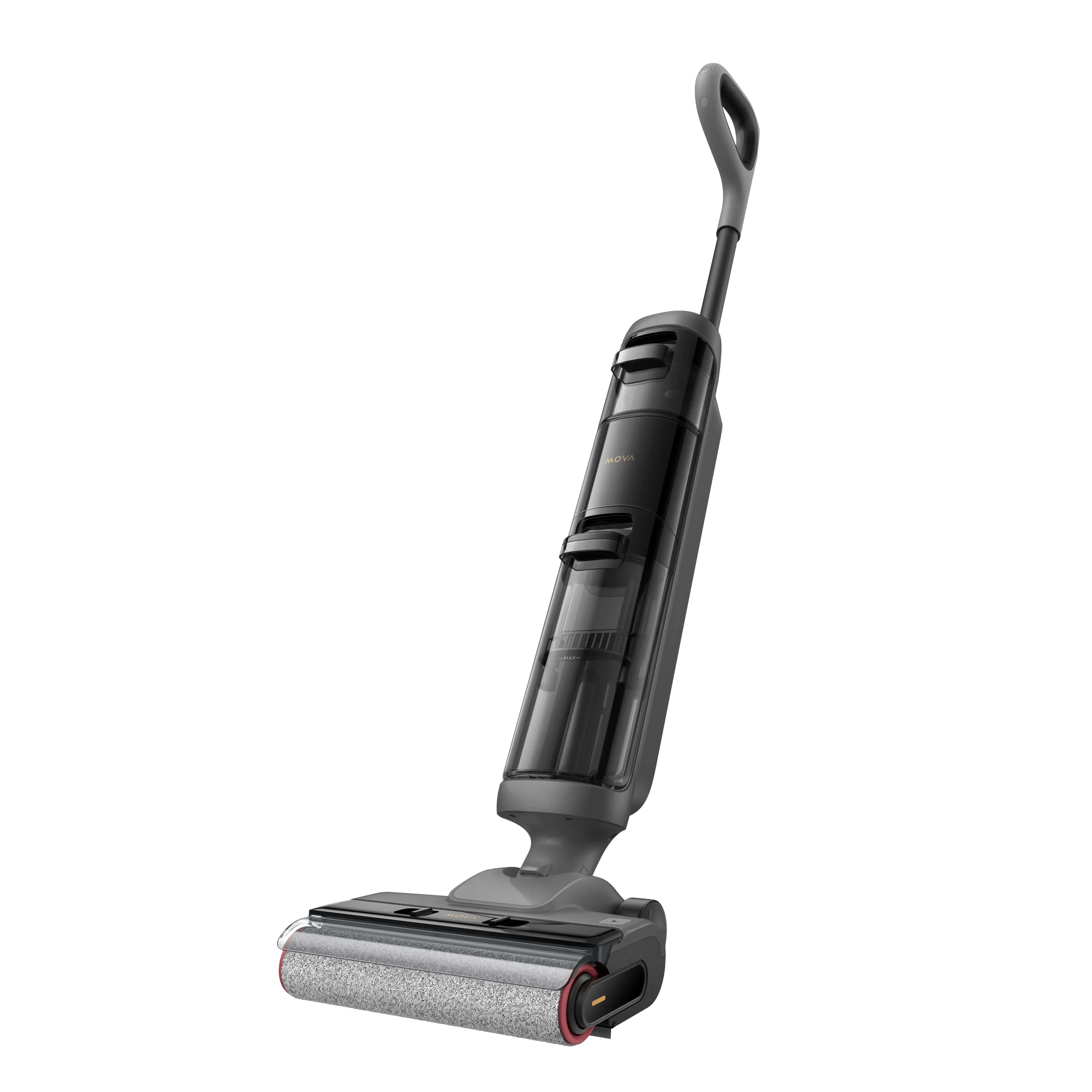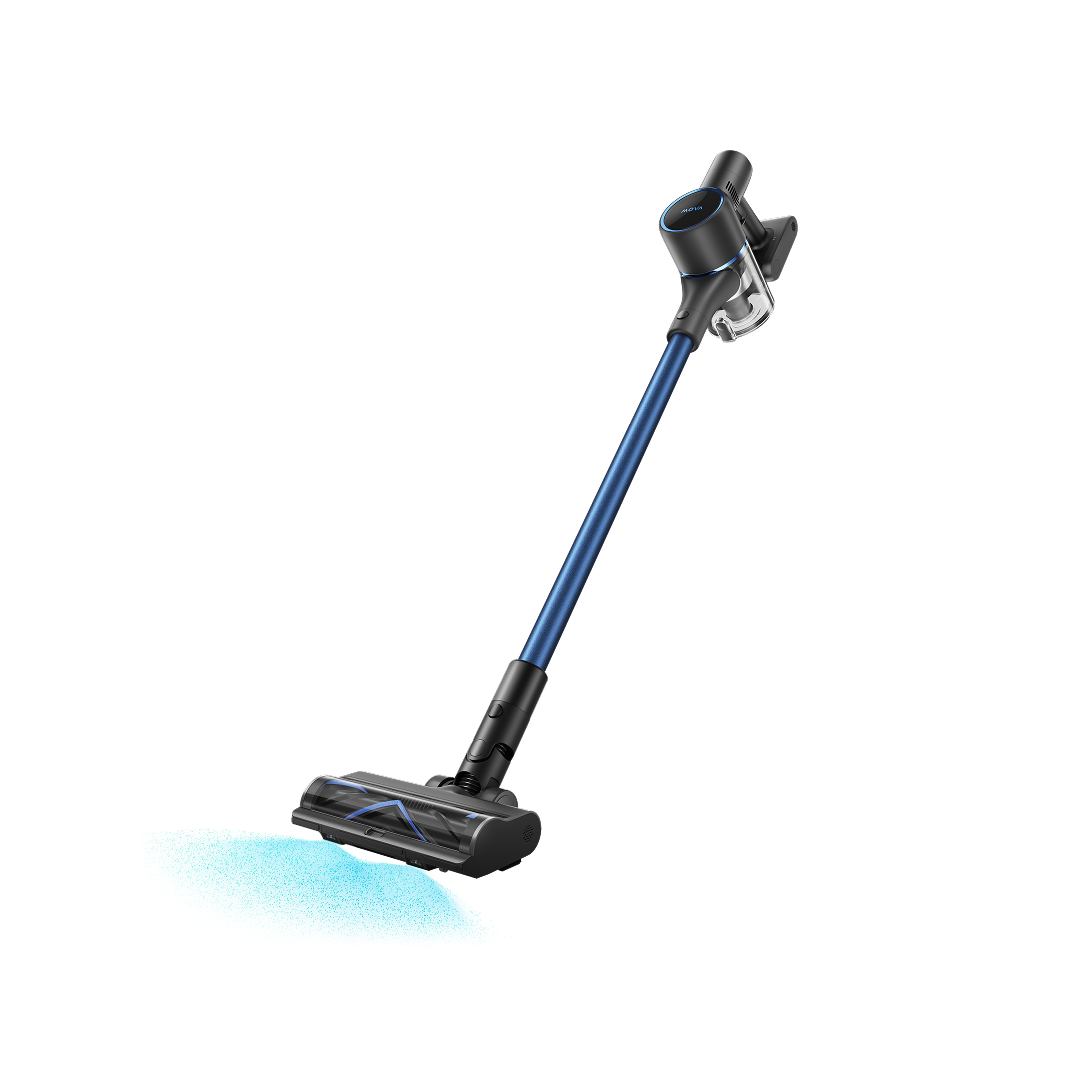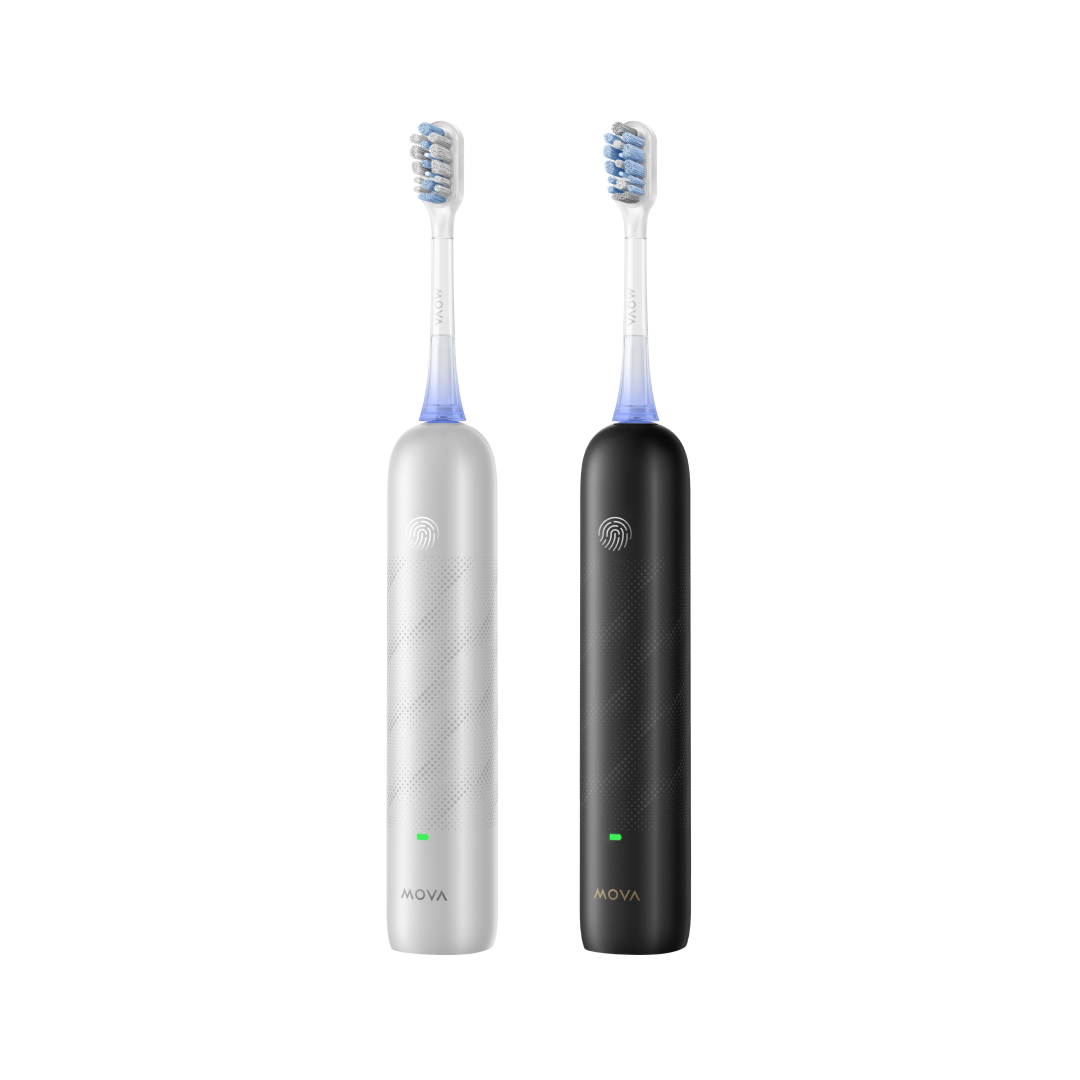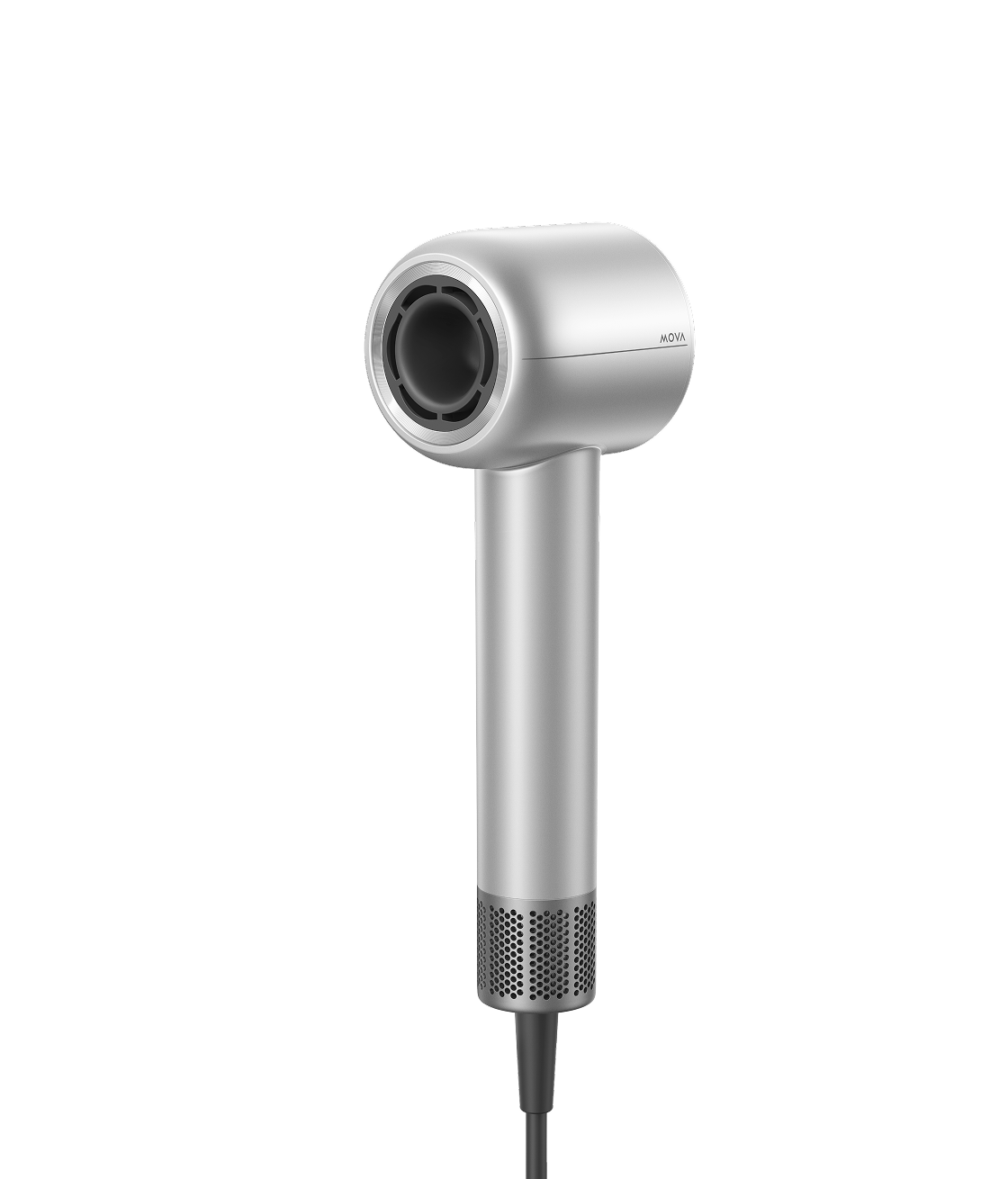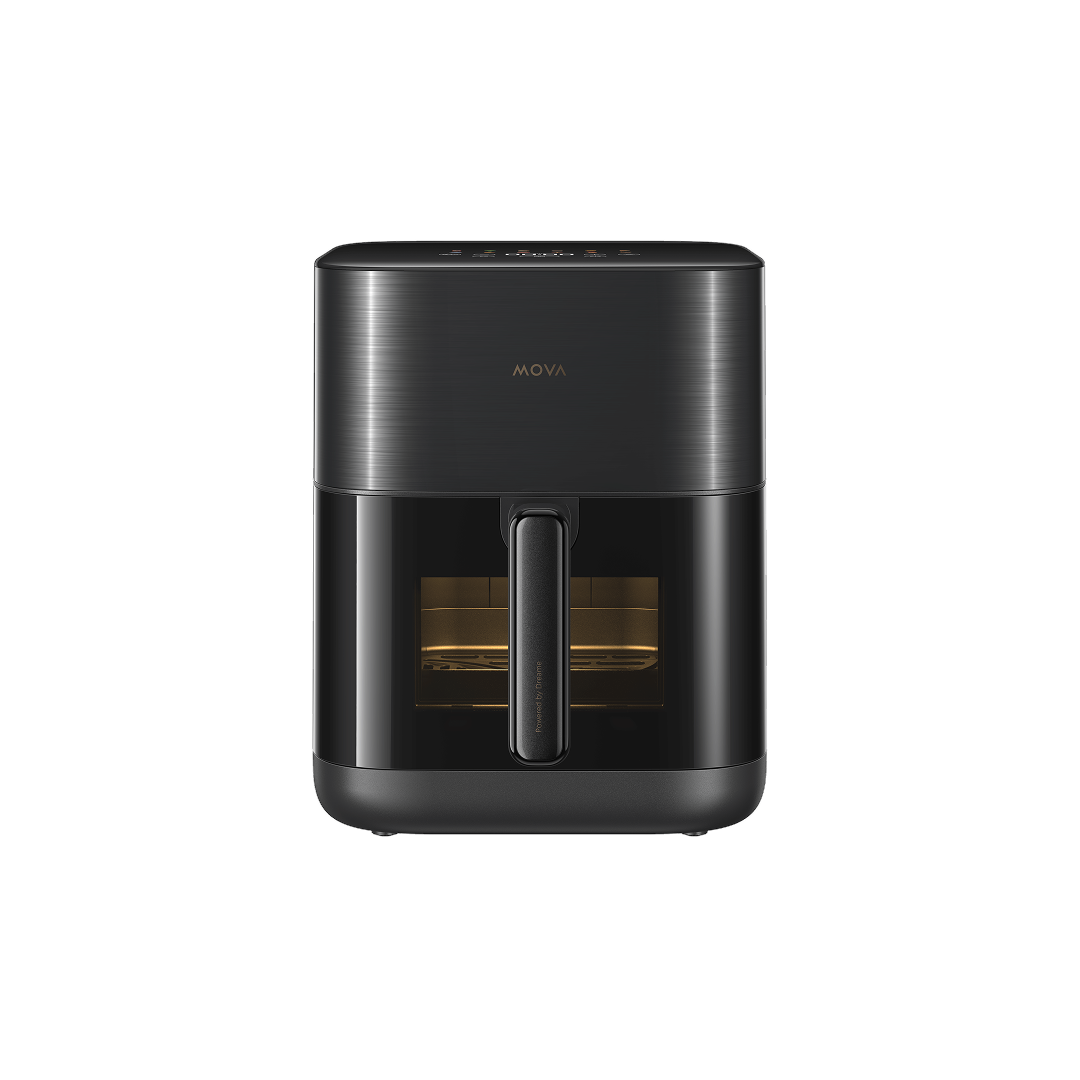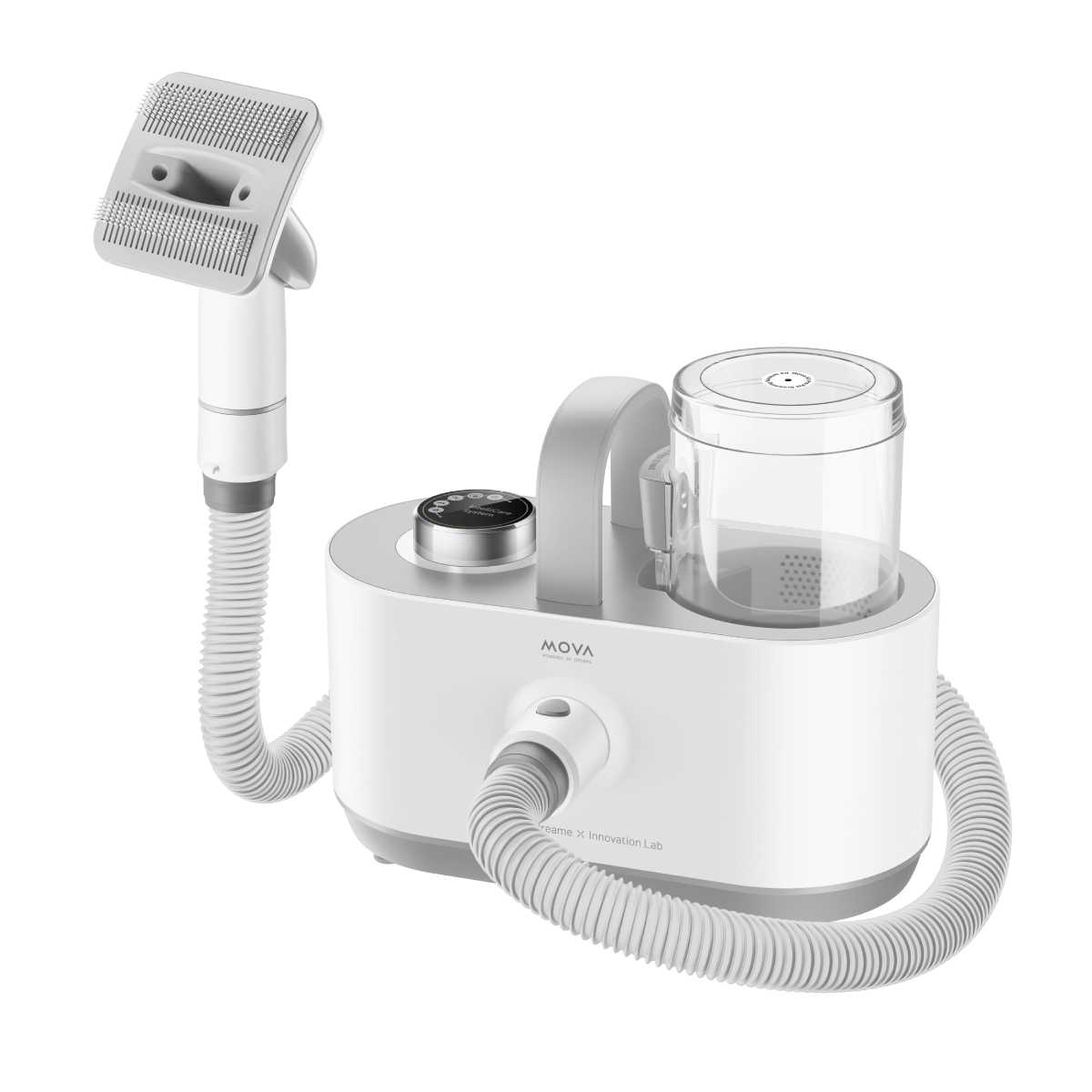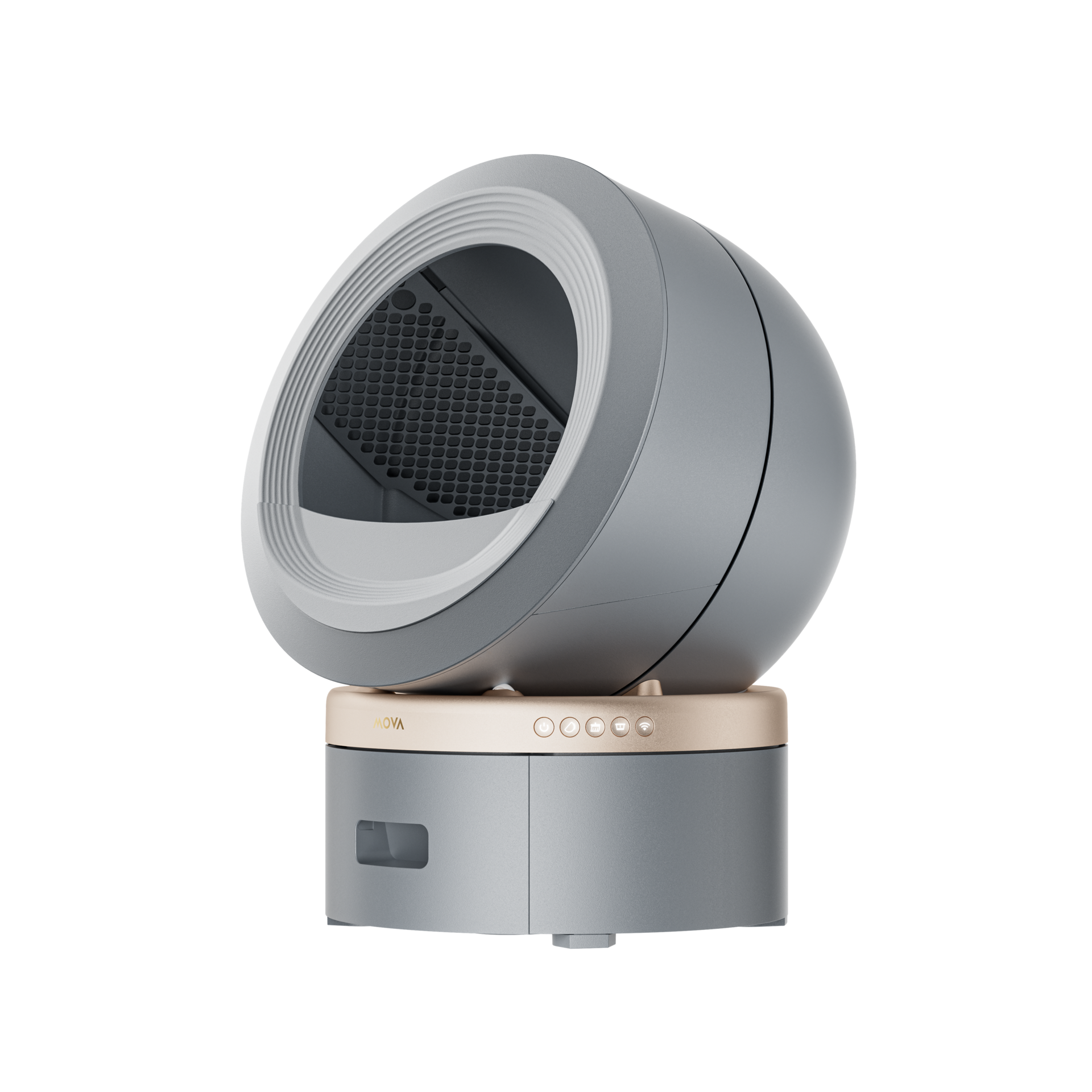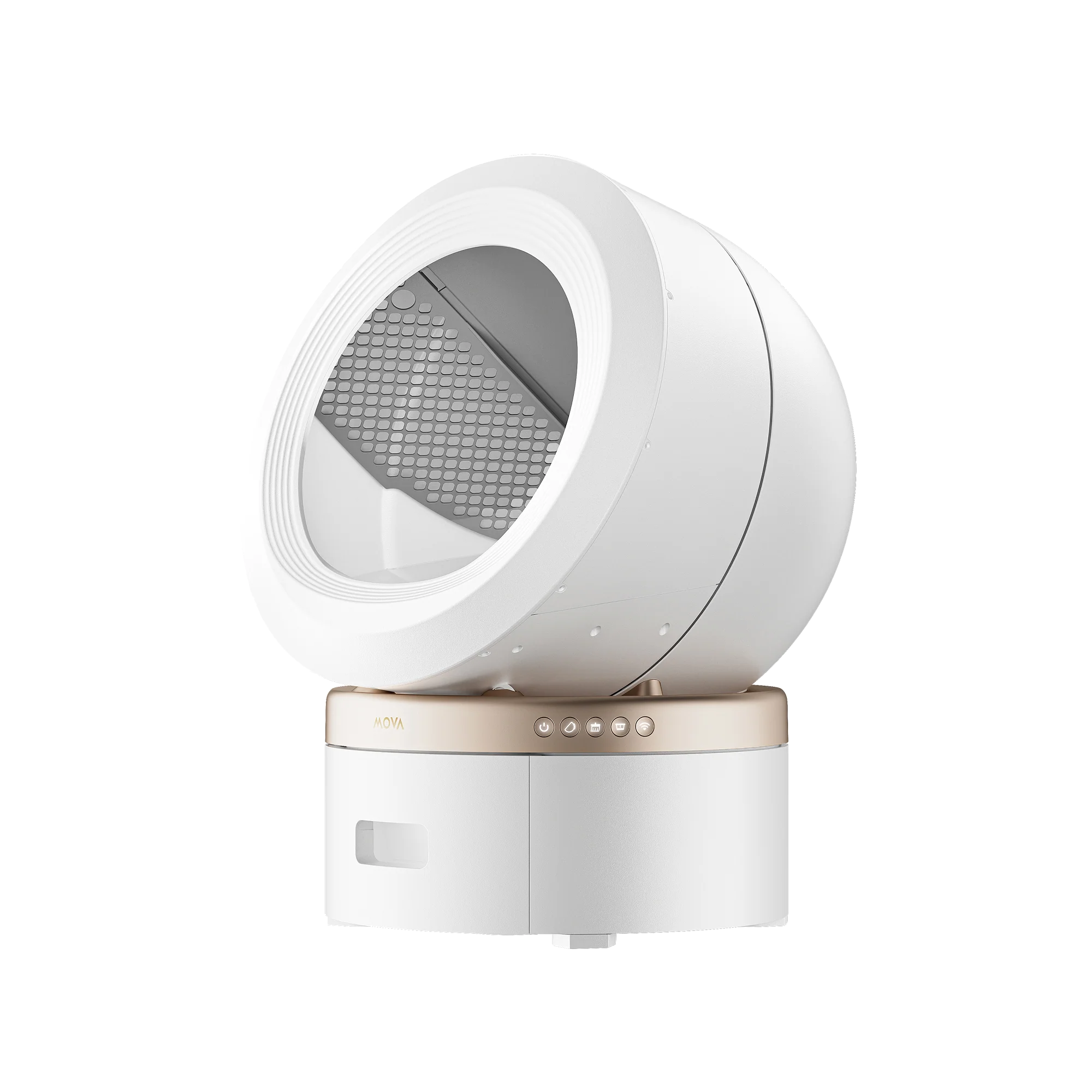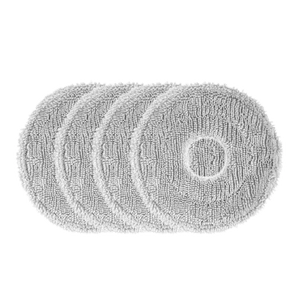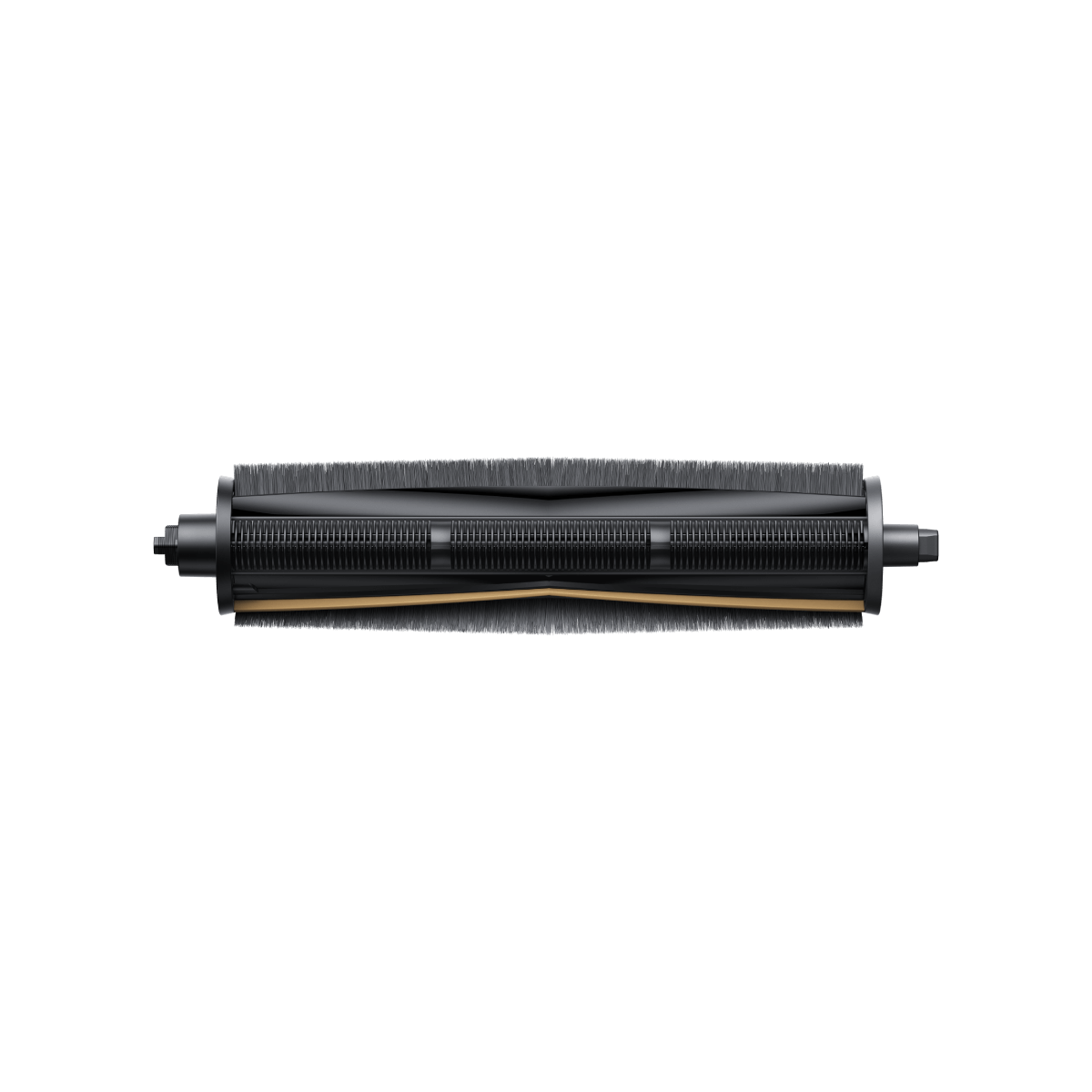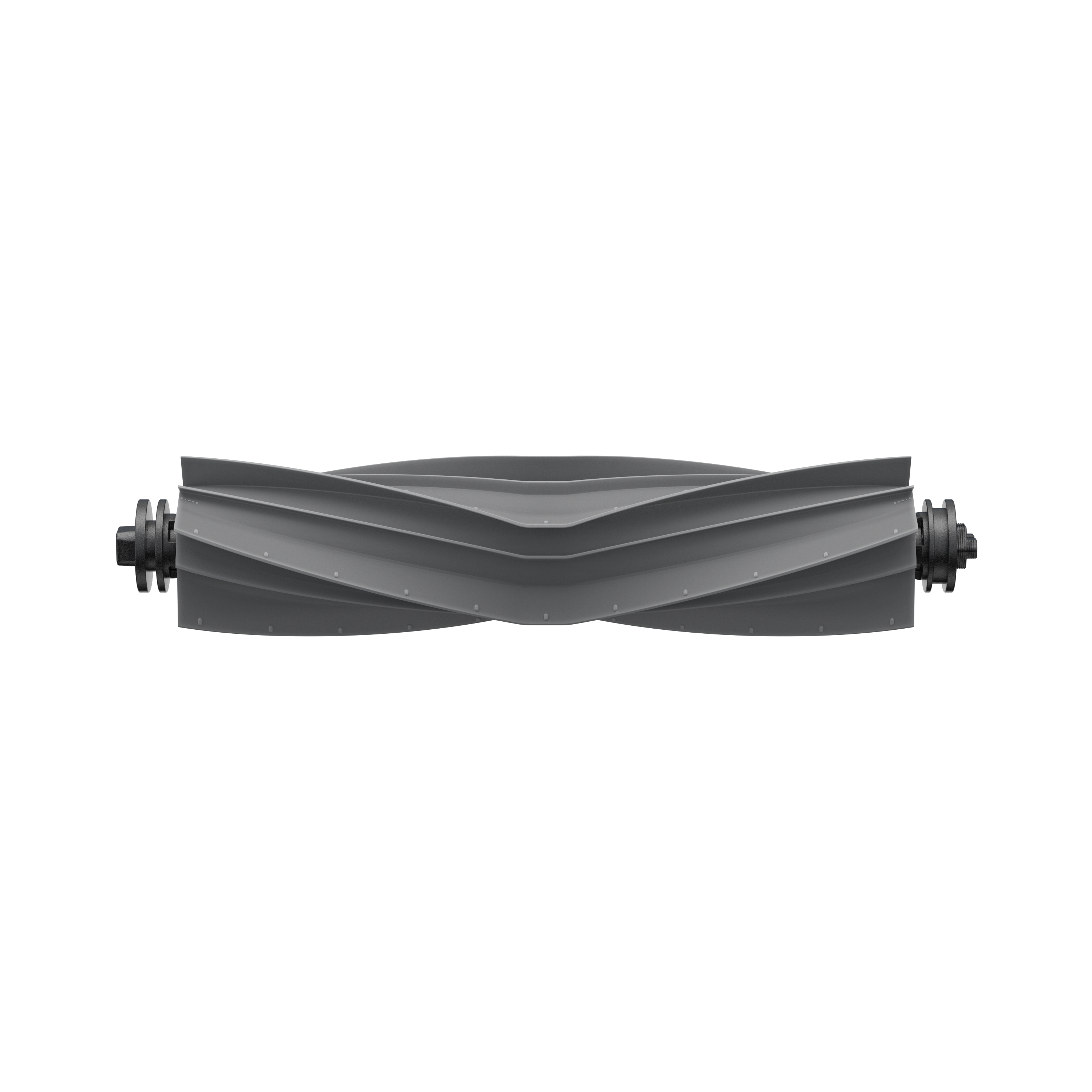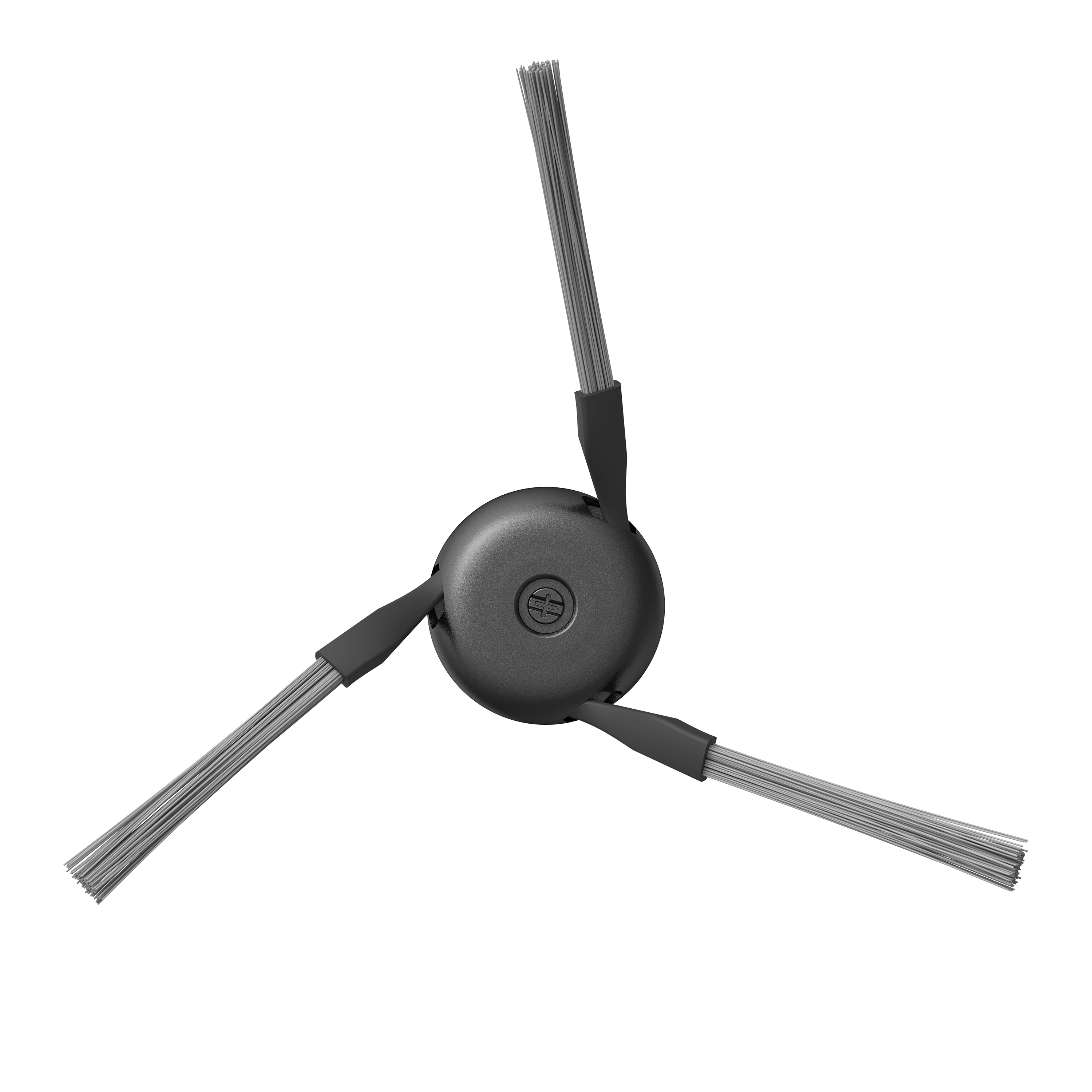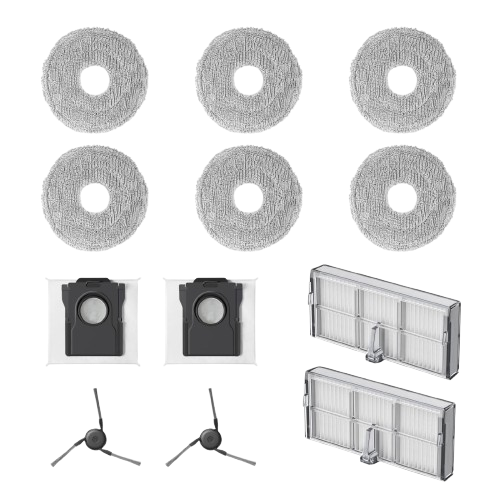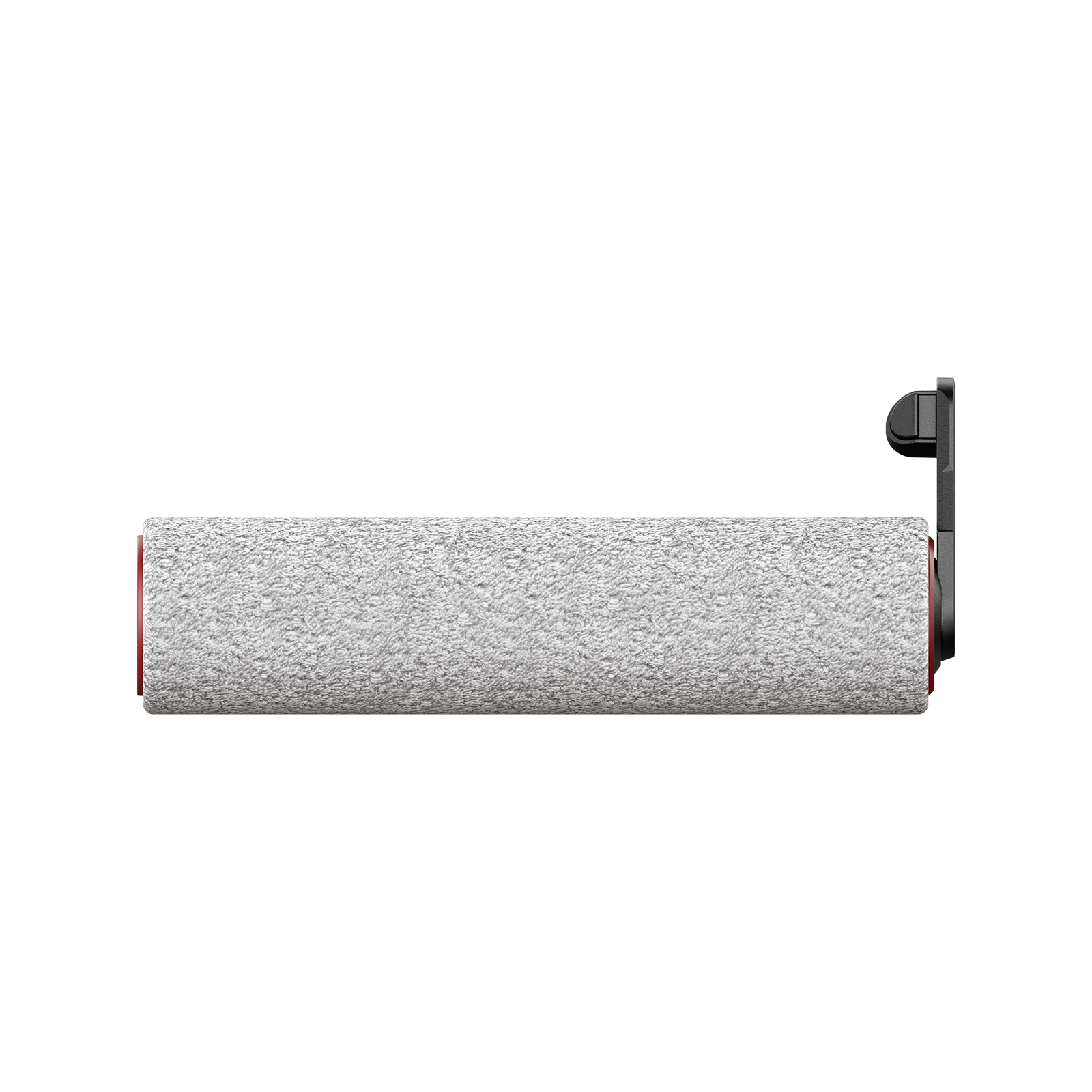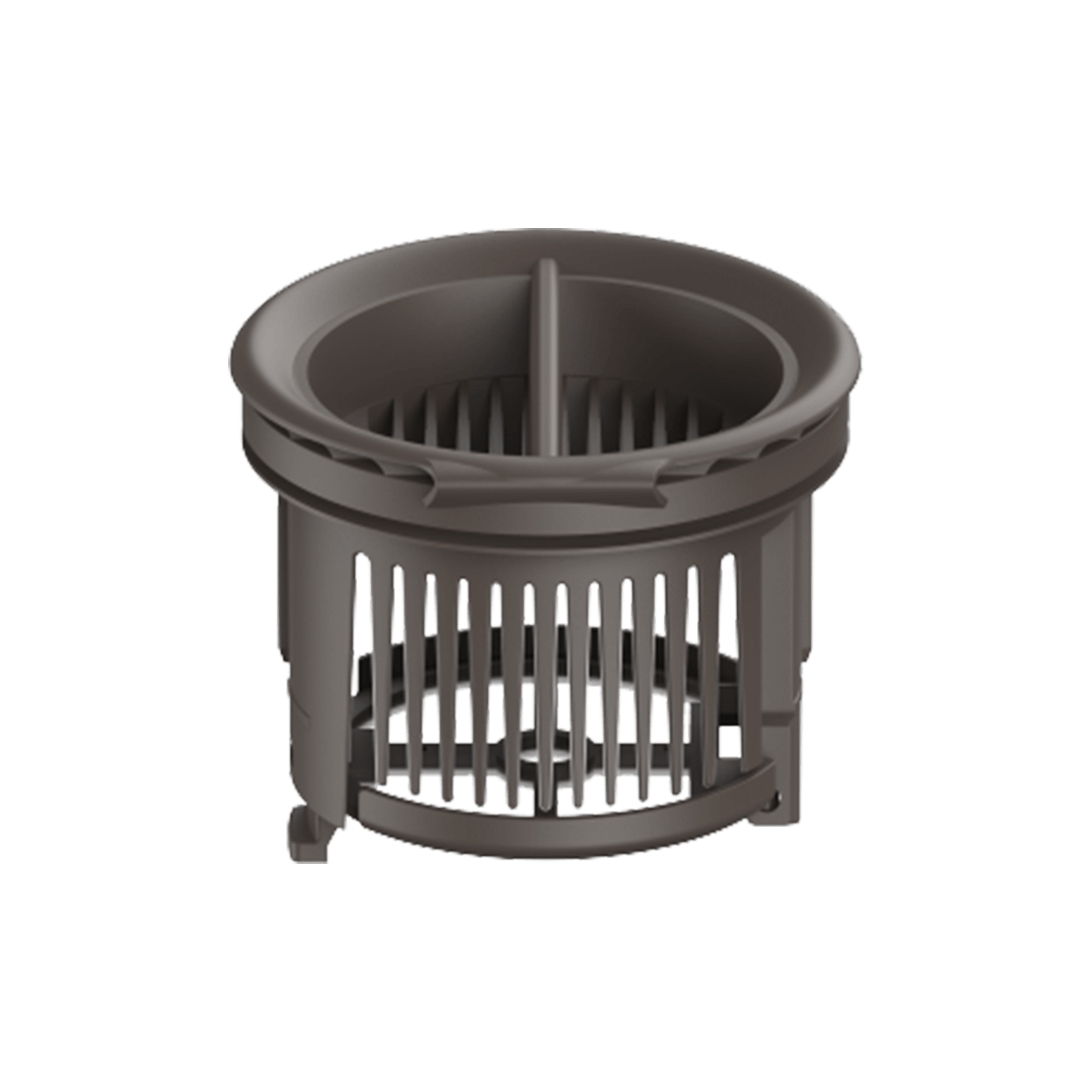You’ve just bought a new robot vacuum, but your home is a mix of hard floors and area rugs. A common worry pops into your head: Will it get stuck?
The short answer is yes, most modern robot vacuums can easily go over rugs. However, their success depends on a few key factors, primarily the type of rug and the features built into your vacuum.
Low-pile rugs, which are thin and tightly woven, are generally easy for robot vacuums to clean. On the other hand, thick or shaggy rugs can be more challenging, as the longer fibers may tangle in the vacuum’s brushes or slow its wheels. Fringes at the edges of rugs can also pose minor issues if the vacuum isn’t designed to detect or navigate them properly.
Additionally, robot vacuums equipped with strong suction power, carpet boost technology, and advanced cliff sensors perform far better across different rug types. In the next section, we’ll explain how robot vacuums “see” rugs and why some dark or patterned carpets may confuse their sensors.
How Robot Vacuums "See" Rugs (Understanding Cliff Sensors)
Robot vacuums rely heavily on cliff sensors small infrared sensors located on their undercarriage designed initially to prevent the device from tumbling down stairs or ledges. These sensors work by emitting infrared light and measuring the reflection to detect sudden drops in floor height. When the vacuum detects a steep drop, it avoids that area to protect itself.
However, a challenge arises with certain types of rugs, particularly those that are very dark and solid-colored. Because these rugs absorb much of the infrared light rather than reflecting it, the vacuum can mistake them for a drop-off or “cliff.” As a result, the robot vacuum may hesitate to move onto the rug or stop at its edge, leaving the area cleaner incomplete.
Modern robot vacuums have addressed this issue by incorporating multi-sensor navigation systems, combining optical sensors, cameras, and mapping technologies which reduce the chances of misidentifying rugs as drop-offs. Nonetheless, some models may still struggle with very dark rugs, so it is vital to consider the vacuum’s sensor array and navigation system for optimal performance on rugs and carpets.
Rug-by-Rug Guide: Performance on Different Rug Types
When it comes to how well robot vacuums perform on rugs, the results can vary depending on the rug’s material, thickness, and edge design. Below is a detailed guide to help you understand what to expect — and how to get the best cleaning results on each type of rug.
A. Low-Pile and Flat-Weave Rugs (Ideal)
Low-pile and flat-weave rugs are the easiest surfaces for any robot vacuum to clean. Because they have short fibers and a firm texture, robot vacuums can glide across them effortlessly without losing suction or getting caught.
These types of rugs, such as Berber, indoor-outdoor rugs, sisal, and jute provide an ideal cleaning environment. The vacuum’s sensors can accurately detect edges, while the brushroll makes solid contact with the surface to lift dirt and debris effectively.
Even entry-level robot vacuums perform well on low-pile rugs and flat-weave carpets, making them a great match for mixed-floor homes that combine hardwood and area rugs.
B. Medium to High-Pile Rugs (The Challenge Zone)
Medium to high-pile rugs introduce more complexity. The thicker fibers can cause a robot vacuum’s wheels to sink slightly into the surface, which increases resistance and requires more motor power to move.
Additionally, the brushroll may struggle with deeper fibers, leading to tangling or extra strain on the motor. To handle these rugs, choose a vacuum with strong suction power and carpet detection features. Many advanced models automatically increase suction when transitioning from hard floors to carpets, a feature known as carpet boost.
If you have plush or shag rugs, ensure the robot vacuum has large wheels and adjustable height settings to maintain smooth movement and effective cleaning.
C. Rugs with Thick Tassels or Fringes (The Biggest Hazard)
Fringes and tassels are one of the most common causes of robot vacuums getting stuck. These long, loose fibers can easily wrap around the brushroll or wheels, stopping the vacuum in its tracks.
To prevent this, fold the fringes under the rug before cleaning or use magnetic boundary strips to keep the vacuum from approaching those edges. This simple step can protect both your rug and your vacuum from unnecessary wear or motor strain.
D. Rug Pads and Thresholds (The Hidden Obstacle)
Rug pads improve comfort and prevent slipping, but if they’re too thick or cushiony, they can confuse a robot vacuum’s cliff sensors. The vacuum may misinterpret the soft incline as a drop-off and avoid cleaning the area altogether.
For best results, choose low-profile rug pads that keep the rug stable without creating a “ramp” effect.
Similarly, thresholds between rooms can also affect performance. Most robot vacuums handle low or beveled thresholds with ease, but taller transitions may block passage, especially for low-clearance models. If that’s the case, consider manually placing the vacuum in each room or upgrading to a model with enhanced climbing ability.
Key Robot Vacuum Features for Rug Cleaning Success
If your home includes both hardwood floors and area rugs, choosing the right robot vacuum is essential to ensure consistent, powerful cleaning. The best models are equipped with intelligent sensors, strong suction power, and design features that handle rugs with ease. Below are the most important features to look for when selecting a robot vacuum that performs well on all surfaces.
Carpet Detection / Auto-Boost: Carpet detection, also known as auto-boost, is one of the most critical features for homes with mixed flooring. Using built-in sensors, the robot vacuum can detect when it moves from hard flooring onto a rug and automatically increase suction power for a deeper clean. This ensures dust and debris trapped between rug fibers are effectively removed without wasting energy on smooth surfaces.
Suction Power (Pascals – Pa): Suction strength, measured in Pascals (Pa), indicates how much power a vacuum has to lift dirt from deep within rugs. While higher suction typically delivers better results, performance also depends on airflow design and brush efficiency. For example, the MOVA V50 Ultra Complete Robot Vacuum offers an impressive 24,000Pa of vacuuming power, allowing it to extract even embedded pet hair from high-pile rugs with ease.
Navigation & Mapping (LiDAR vs. Camera): Advanced navigation systems, especially LiDAR-based mapping, allow robot vacuums to move efficiently and avoid getting stuck. These systems can also create virtual “No-Go Zones” around rugs with delicate fringes or tassels. MOVA’s FlexScope™ Navigation combines smart mapping with real-time precision for smooth, uninterrupted cleaning.
Wheel Size and Tread: Large, rubberized wheels help the robot vacuum maintain traction on thick carpets and transition easily between surfaces. MOVA’s StepMaster™ Obstacle-Climbing technology enables the vacuum to climb over thresholds and rugs up to 6cm high, preventing it from getting stuck.
Anti-Tangle Brushroll: Brushroll design plays a major role in rug performance. Models equipped with anti-tangle systems prevent threads, hair, and rug fringes from wrapping around the brush. The MOVA V50 Ultra includes Triple Anti-Tangle Mechanisms for uninterrupted cleaning and minimal maintenance.
FAQ
Q: Why does my robot vacuum avoid my dark rug?
A: This issue usually occurs because of the cliff sensors located on the underside of the vacuum. Dark or black rugs can absorb the infrared light emitted by these sensors, making the vacuum think there’s a drop-off. You can test this by placing a small piece of light-colored tape over part of the sensor (temporarily) or by using boundary strips to guide the vacuum’s path more effectively.
Q: Can a robot vacuum clean a shag rug?
A: Cleaning shag rugs can be difficult for most robot vacuums. Only models with very strong suction power, carpet boost, and large wheels can handle low-shag rugs effectively. High-pile or ultra-plush shag rugs are generally not recommended, as the long fibers can trap the brushes and limit movement.
Q: Will a robot vacuum fall off a thick rug?
A: No. Robot vacuums are designed to detect sudden drops, not gradual height changes like a thick rug edge. Cliff sensors prevent them from falling down stairs, but they easily navigate the slight elevation of most rugs without any risk of falling.
Q: Are robot vacuums better on hard floors or rugs?
A: Robot vacuums perform best on hard floors, but many modern models are also very effective on low-pile rugs. For homes with a mix of flooring, choosing a vacuum with carpet detection or auto-boost features ensures a thorough clean across all surfaces.
Conclusion
Robot vacuums can navigate most rugs, but their success depends on the rug type and vacuum features. Low-pile and flat-weave rugs pose little challenge, while high-pile and fringed rugs require stronger suction and specialized designs. Selecting a model with advanced sensors, powerful suction, and anti-tangle technology will ensure the best performance tailored to your home’s flooring. Choosing the right robot vacuum helps keep both your floors and rugs clean with ease.



